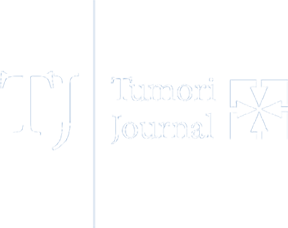The use of bone-modifying agents in early breast cancer: AIOM Guidelines update and perspectives
Breast cancer (BC) is the leading cause of cancer-related mortality among women, with early BC (EBC) comprising most cases. Advancements in neo(adjuvant) therapies have significantly improved outcomes, although they are often associated with cancer treatment-induced bone loss, which increases the risk of fractures and negatively impacts quality of life.

